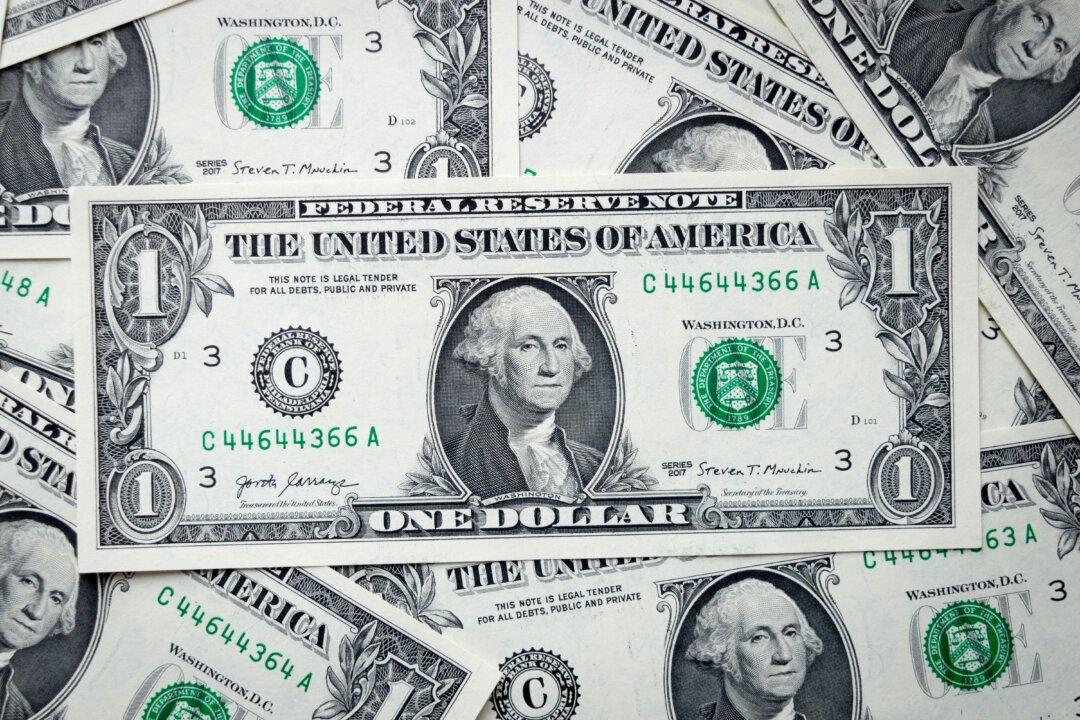The Chinese regime’s yuan push for de-dollarization, efforts by the BRICS bloc to create a new reserve currency, and the euro’s growing influence aren’t enough to unseat the U.S. dollar as the world’s dominant reserve currency, a new study released on June 25 revealed.
BRICS is an intergovernmental organization comprising Brazil, Russia, India, China, South Africa, and recently added members Egypt, Ethiopia, Iran, and the United Arab Emirates (and invitee Saudi Arabia).





